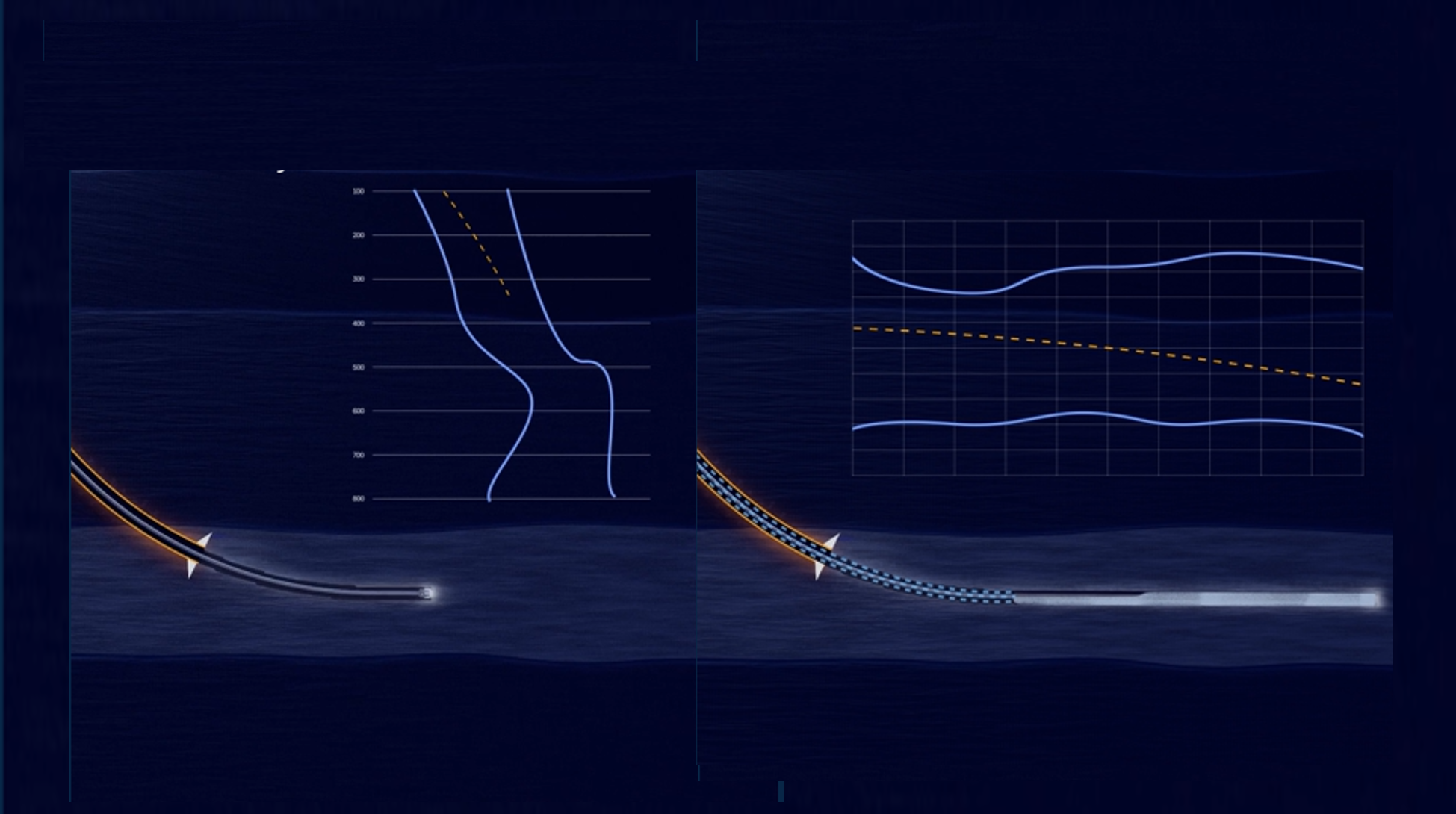Is improving wellbore control in your high-stakes drilling operations a critical concern for you?
Can advancements in technology truly provide automatic well control solutions?
In this article, we address the intriguing question, "Does Automatic Well Control Exist?"
We delve into the concept of automatic well control systems, focusing specifically on plug-and-play well monitoring solutions. You'll discover what these systems are, why they are important, their current implementations, and the benefits they offer.
By the end of the article, we will have looked at the future potential of automatic well control and how you can stay ahead of the curve in this evolving industry.
What is a Plug-and-Play Well Monitoring System?
A plug-and-play well monitoring system is designed to integrate seamlessly with existing drilling infrastructure, requiring minimal setup and manual intervention. These systems are pre-configured to work immediately upon connection, providing real-time data collection and analysis. This real-time capability is crucial for offering insights into well conditions without the need for complex installations or extensive calibration.
Why is it Important?
Plug-and-play well monitoring systems are essential because they address key challenges in drilling operations. They offer accurate, real-time data, which is crucial for enhancing safety and operational efficiency. These systems are particularly beneficial for early detection and management of unexpected well conditions such as gains or losses, which can escalate into severe problems if not promptly addressed.
Current Existence of Plug-and-Play Well Monitoring Systems
Yes, plug-and-play well monitoring systems do exist. Enhanced Drilling's EC-Monitor™ is a prime example of such a system.
You can read more about it here
Challenges and Limitations
While current plug-and-play systems like EC-Monitor™ offer significant benefits, complete automatic well control systems are limited by its detection capabilities for all scenarios, especially for non-circulating operations and factoring in various rig movements.
Perfecting an automatic well control system requires precise volume control for all situations, involving the development of deterministic systems that function independently and remove any ambiguity caused by rig movements.
Future of Plug-and-Play Well Monitoring
The future of plug-and-play well monitoring looks promising, with advancements in technology driving further automation and integration. These systems are expected to incorporate artificial intelligence and machine learning to predict and manage well conditions proactively.
As the industry moves towards more automated and digitalized operations, plug-and-play monitoring systems will play a crucial role in maintaining safety, efficiency, and sustainability.
How to Stay Ahead of the Curve
To stay ahead in the evolving landscape of well monitoring, operators should consider investing in advanced plug-and-play monitoring systems like the EC-Monitor™. Staying informed about the latest technological advancements and incorporating these innovations into their operations will ensure they remain competitive and efficient. Additionally, ongoing training and development for personnel will be crucial to maximize the benefits of these advanced systems.
Conclusion
Automatic well control systems, based on plug-and-play well monitoring systems, offer significant benefits for drilling operations. As the industry continues to evolve, investing in these advanced systems will be essential for maintaining operational excellence and staying ahead of the competition.
Get the latest updates
Want to stay updated on the latest knowledge articles and news from Enhanced Drilling?
.jpg?width=290&name=Snorre%20Lutnes%20(gammelt%20bilde).jpg)







